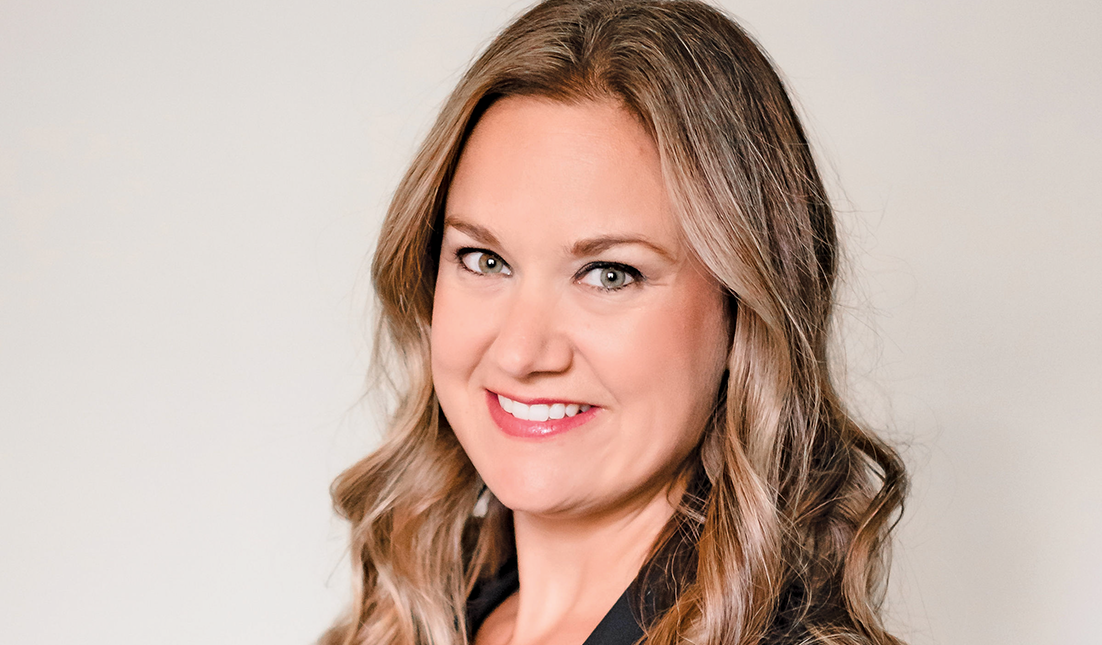What’s next?

By Bill Yeargin
After three decades in the boating industry, it takes a lot for me to be surprised. Good times, bad times, and pretty much everything in between has happened, but the past 18 months have been unlike anything our industry has experienced.
We shut down 90% of our industry’s manufacturing plants in the spring of 2020 while wrestling with how to manage through a pandemic. We came back to a boom in retail sales that emptied dealer showrooms and we all ended up with full order books driven by renewed interest in outdoor recreation. Then, to top it all off, manufacturers are struggling to fill all those new orders because of supply chain issues; we all are struggling to find people and parts. Crazy times, for sure.
So, what’s next? Will this boom last? Will the new customers who have entered boating decide it’s their passion as many of us do? What should we be doing? All interesting and tough questions.
Those of us who have been in the boating industry for a while have seen plenty of times when sales were good and plenty of times when we struggled. Often, it feels like whatever we are experiencing at the moment is the new normal, but we should not fall into that trap; the business cycle always runs its course, and nothing stays the same.
I have heard many projections that indicate it will be 2023 before dealer inventories stabilize and have even heard some say it will be 2024. Keep in mind that the only way inventories stabilize is if manufacturers are building more boats than are being sold retail. That’s always a dangerous place to be, even when inventories are low, because it is hard to turn off that excess production once inventories reach their ideal level. The natural result is stuffed pipelines with it being unlikely there will be another black swan, like the pandemic, to help empty them out.
A big question impacting the long-term health of our industry will be whether we can keep all the new customers in boating. We know they will have fun on the water so the key factor impacting whether they continue as boat owners will be how their boat ownership experience goes. An already short boating season in many parts of the country combined with many new boaters is making it very difficult for dealers to keep up with service. Many of the dealers are doing heroic jobs serving customers but we all need to figure out how we can help. It is critical to our industry’s future.
Manufacturers are all struggling with how much capacity to add under pressure from dealers and retail customers to produce more boats. Our team has added about 460,000 square feet of production since December to meet demand, but we are also being very careful not to drive up fixed costs. This is challenging but the worst mistake is to add capacity for a short-term surge in demand and end up with higher fixed costs that remain when the business cycle transitions. That can put a company out of business.
Finally, I have heard several leaders in our industry discount the impact of the pandemic on their current positive results. As I write about in my book, Education of a CEO, most leaders attribute success to themselves and attribute setbacks to circumstances. We are all victims of self-deception; it feels good to assign success to our leadership, but the best leaders are realistic. You will always make bad decisions when you are not honest with yourself.
So, what do we do? Below are a few suggestions:
- Play the long game. Don’t be captured by short-term market dynamics.
- Don’t be self-deceived; understand what is driving your current business demand.
- Don’t increase production to a point that it will be a problem when demand normalizes.
- Don’t increase capacity in a manner that will leave you with high fixed costs when demand normalizes or decreases.
- Let’s do everything we can to make sure the new customers entering our industry have a good ownership experience. If they don’t it could be another generation before we get their families back into boating.
It is very easy to be mentally hijacked by current market dynamics, but smart leaders avoid self-deception and are constantly playing the long game. That always works.
Bill Yeargin is CEO of Correct Craft and author of Education of a CEO: Lessons for Leaders.




Well written and excellent advice!
I agree with the wisdom of looking at the long term while adjusting to the short term developments in the industry, the ones we can manage and the ones beyond our ability to control or manage.
The industry has a very long history, and as we stay open for unexpected good news such as innovations or even discovery based new inventions (As in our case) we only stand to win by acting wise and not thinking small or the old traditional skeptical thinking that major new product lines can still enter this very ancient industry.
Mr. Bill Yeagin is correct in all his points of suggestions, plus the needed openness to real new exciting innovations by wiser modern inventors who are ready to enter the industry with the protection of collaboration with existing major corporations in the industry, for reasons sighed by the PTAB and other risks to new inventions.